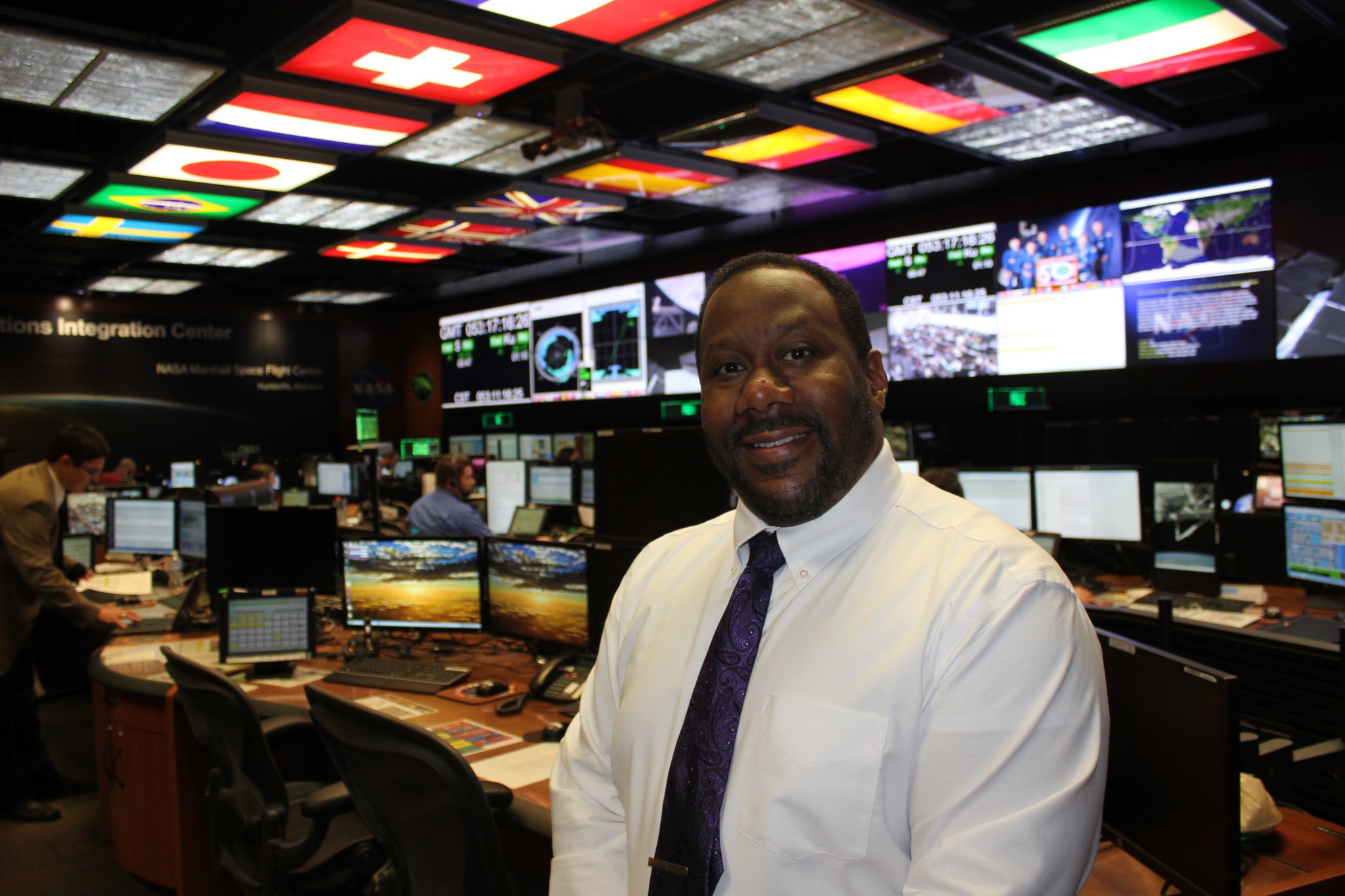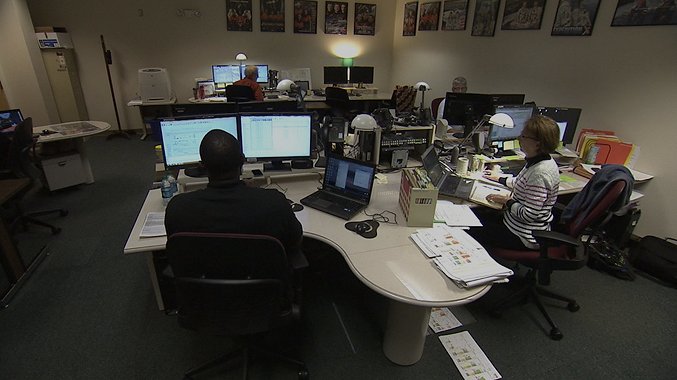How many of us know what we’ll be doing exactly six months from now? Probably not many. But what if you had to plan your life six months in advance — down to the exact hour and minute? Now imagine having to plan it for someone else. That’s the precise job of a group of planners at NASA’s Marshall Space Flight Center in Huntsville, Alabama.
The Payload Planning Team in NASA’s Payload Operations Integration Center at Marshall maps out each six-month science expedition to the International Space Station down to the minute…and they do it six months before the crew ever arrives. Each astronaut has his or her day planned out on a timeline to maximize the time needed for the hundreds of investigations in space. The team at Marshall sets aside the right amount of time to perform cutting-edge research that benefits life on Earth.
“We work with astronauts to accomplish science,” said Will Kirby, a member of the planning team. “We put together an OOS, or On Orbit Summary that includes compiling all the investigations our international partners at the Japan Aerospace Exploration Agency, ESA (European Space Agency), and Russia are doing for those six months. We have to ensure they have enough time to properly perform an experiment, and coordinate the best time based on everyone’s priorities.”
The team collects requirements from the payload developers who have designed the experiment to see when they need to schedule it based on when the experiment needs to be installed, which astronaut is trained on it, and how many runs it will take to complete. This information is used to build an activity model that helps shape the planning timeline.
After the six-month plan is developed, this five-member team then takes a closer look week-by-week, starting two weeks prior to the planned experiment or activity and makes any needed changes. This continues right up to the day the crew is set to perform it.
However, as we all know, sometimes the best laid plans don’t always work out. That’s why a member of the team, called the timeline change officer, monitors the minute-to-minute operations. If there’s not enough time or maybe the experiment isn’t working just right, they can move things on the timeline to later or even the next day.
“In real-time operations, we learn to roll with the punches,” added Kirby. “And most of the time, we know there’s always tomorrow.”
Sounds stressful, but they have found a variety of ways to make it through it all, including increasing their own energy levels.
“We are snack-a-holics,” Kirby admitted. “You will not go hungry in the planning room.”
When they see their plans come to fruition – there’s no greater feeling.
“We love it when a plan comes together!” said Kirby. “Sometimes I will look up at one of the station cameras and see them doing an experiment I planned, and to know that I helped make that happen is so rewarding and cool.”
So the next time your day doesn’t go as planned, take a page from the payload planner’s playbook and be flexible. Besides, if you get stressed out, at least you can step outside for a breath of fresh air or to take a walk. That’s hard to do when you’re orbiting the planet at 17,500 miles an hour.




























